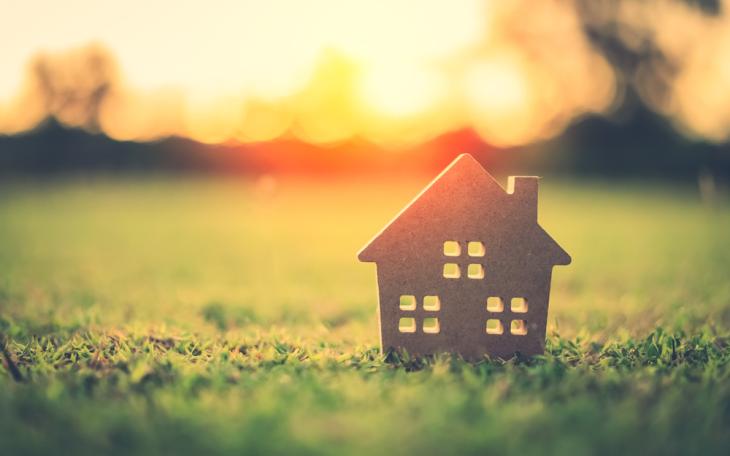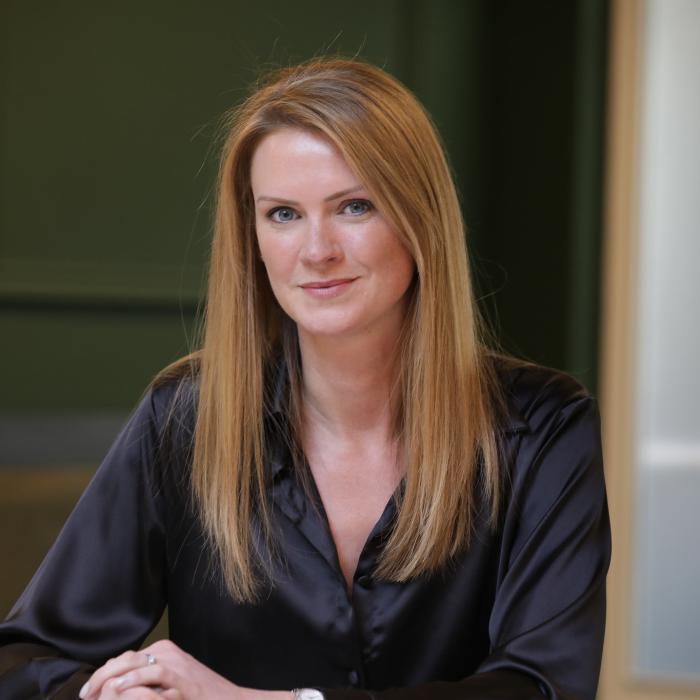The future of living: the shape-shifting world of bricks and mortar

By Debbie Standen, Partner
Working in property for the last 15 years or so, I’ve always been fascinated by the impact of changing trends and values on the built environment. How the natural evolution of our society and culture shapes the physical world around us and reflects this journey like a tapestry, albeit in bricks and mortar.
The events of this year have both amplified and accelerated this process. These four, tumultuous, months have brought about profound changes in our priorities, behaviour and use of these spaces around us, forging a potentially very different outlook for the way in which our homes and places we live are designed, created and used. No less so than in our cities. From the rise in contactless technology and future of flexible working, to the freshly highlighted importance of green spaces and our connection with nature; how much will these past months shape our future of living and in what ways?
As a self-professed property geek, I could be here all day exploring the world of possibilities, but I am bound by a strict word count and our in-house editor’s instruction to ‘keep it snappy’. I’ll do my best.
Unsurprisingly, access to green outdoor space is now among the top must-haves among house hunters. But lockdown has brought about much more than a simply increased desire for outdoor space; it has redefined its role. With the usual places for play, work, relaxation and exercise off limits, we have demanded much more not just from our homes but the outdoor space around us. Places previously the domain of dog walking and occasion picnics, have become our fitness centres, primary social hangouts and surprisingly pleasant office hotspots. Park life really has taken on new meaning. And we like it.
With a new appreciation for the outdoor environment and the future of work set to be a much more flexible one for many, it’s a fair assumption this multi-functional use of outdoor space is set to stay. So, how will this affect the approach to new and existing outdoor spaces, especially in our cities? What will the co-existence of these various, often contrasting uses, look like in practice?
There are already some great pioneering examples worldwide that may well influence more mainstream design moving forward. Some of the major new public parks and outdoor spaces being created in forward-thinking cities like London and Milan are adopting a more multi-functional approach. Clever ‘zoning design’ has replaced the open lawn-like expanses to create spaces that naturally lend themselves to quiet work/relaxation, socialising and play, and exercise. And new types of infrastructure are being built-in to diversify their usage, such as Wifi and power sources to enable outdoor working, pop up entertainment and events. In the last few weeks alone London has seen a welcomed revival of the outdoor and drive-in cinema concept with various set-ups across the city’s parks and precincts, while Milan’s newest park is currently home to a creatively socially-distanced ‘lido’ as part of a regular programme of alternative uses and events.
Indoors, the prospect of more contactless living certainly seems on the cards. A contactless culture has been very quickly established and, while restrictions are gradually lifting, our heightened awareness around our health and the impact of close-quarter environments is unlikely to diminish any time soon.
In April, Amazon searches for touchless tech products went up by some 2000%. And the newly coined notion of ‘contactless architecture’ is rising on the industry agenda. So, will this become a more prevalent feature in how we live, particularly at home? And how?
Touch-free technology seems to be the main direction of travel. And it doesn’t appear to be as space-age as we might initially fear. This tech is already something of a way of life in cities across Asia, where automation is commonplace from entrance doors to in-home controls, right through to restroom facilities. In the UK, the likes of motion activated doors, lifts and security controls are well established in public buildings and offices. Bringing these features into our homes seems the natural next step.
Some of the contactless tech we can realistically expect to become part of everyday future life are smartphone-controlled homes (eliminating repeated surface contact with light switches and thermostats etc) and hands-free secure access particularly in apartment buildings where several households share the same entrance door, lift, bin storage and so on. Some of these features are already present or being design into new developments indicating this future is not too far away.
The role of nature in our health and wellbeing has become all the more prevalent particularly among communities experiencing lockdown in urban settings. The benefits have been scientifically proven and cited for several years from improved air quality to reduced anxiety and blood pressure. So, what could this mean for how we live? There are a number of pioneering models of bringing together urban environments and nature: Stefano Boeri’s Bosco Verticale (Vertical Forest) in Milan is probably the most famous, in which two 26 storey apartment blocks are enveloped in living forestry including some 900 trees and 11,000 plants. An afternoon on a balcony here really is an experience like no other. Could this ‘vertical forest’ approach inspire more skyward gardens to emerge and our city skies to go from grey to green? On a personal note, I really hope so.
In so many of these cases, the early moves towards these variations indicate they were already emerging in response to naturally evolving trends. Rather than our experiences of lockdown being the cause, they have acted as a catalyst. And that’s a good thing; these changing approaches to the design and creation of where we live are rooted in longer term, more sustainably developed behavioural principals and trends, which are set to stay. We just get to enjoy the next colourful layer of the tapestry that bit sooner.









